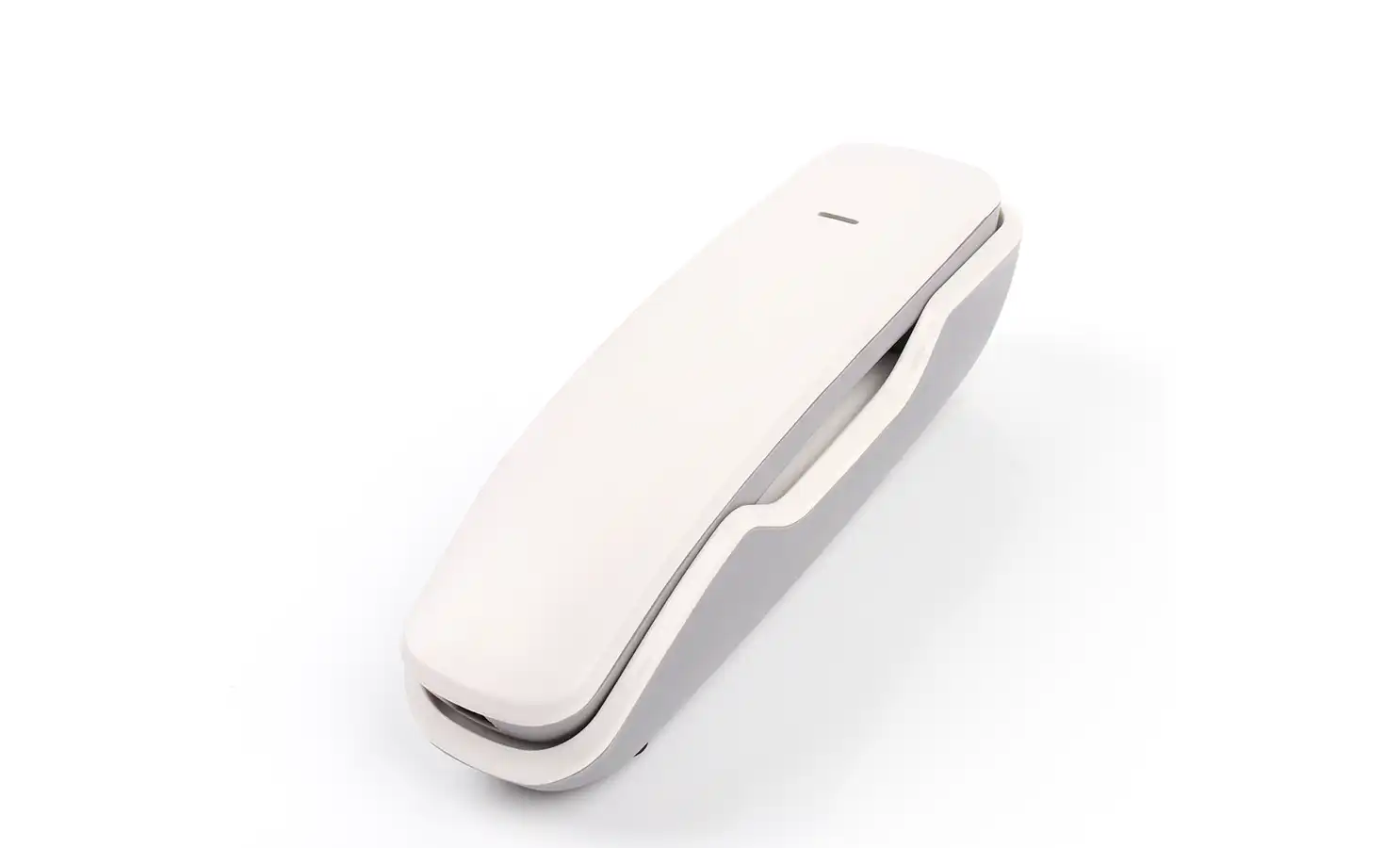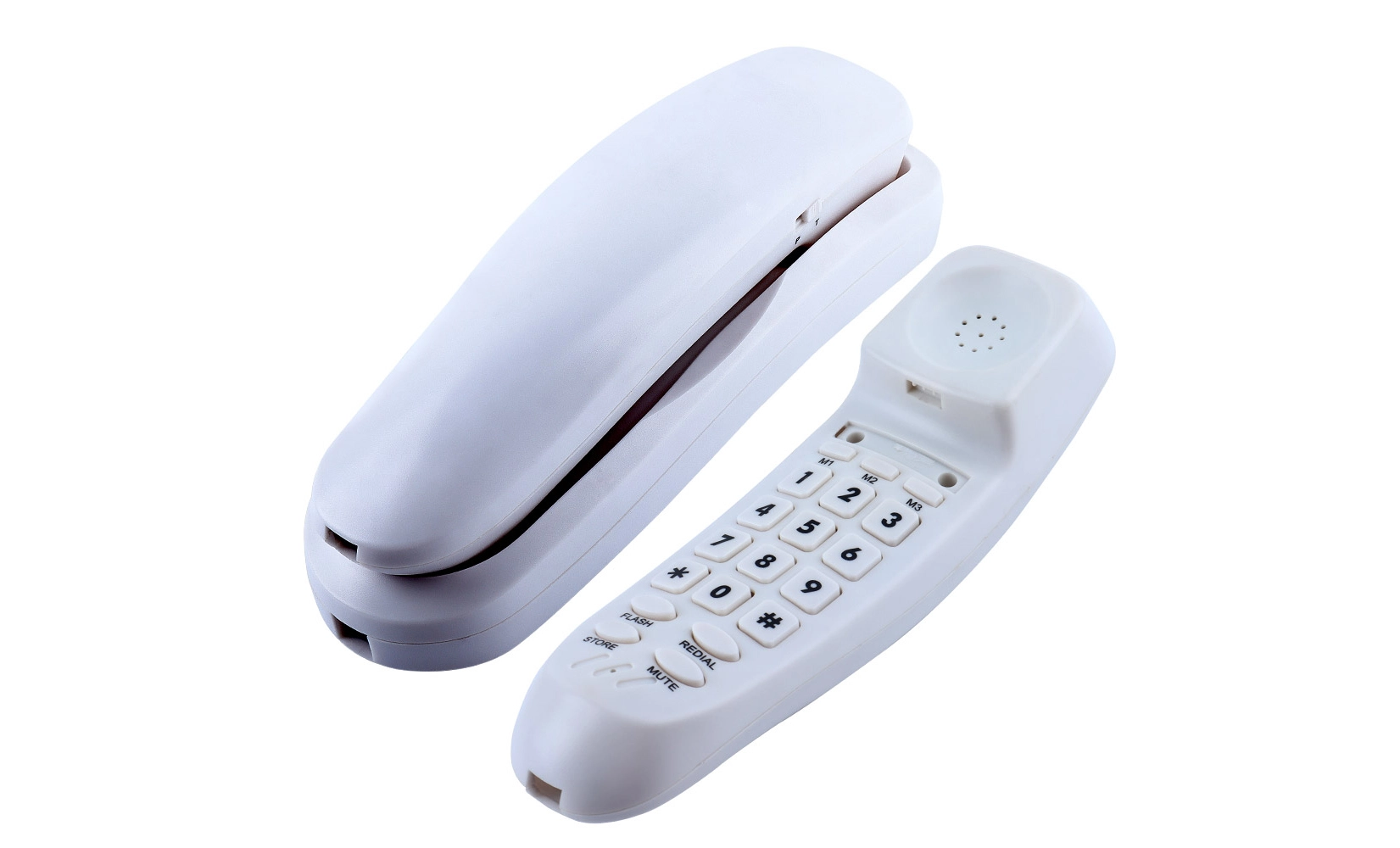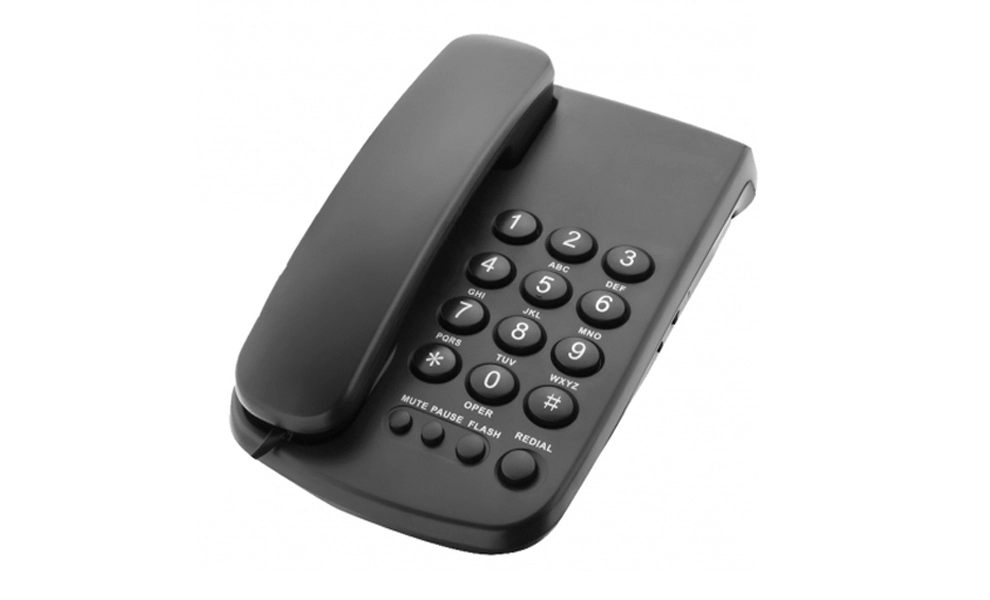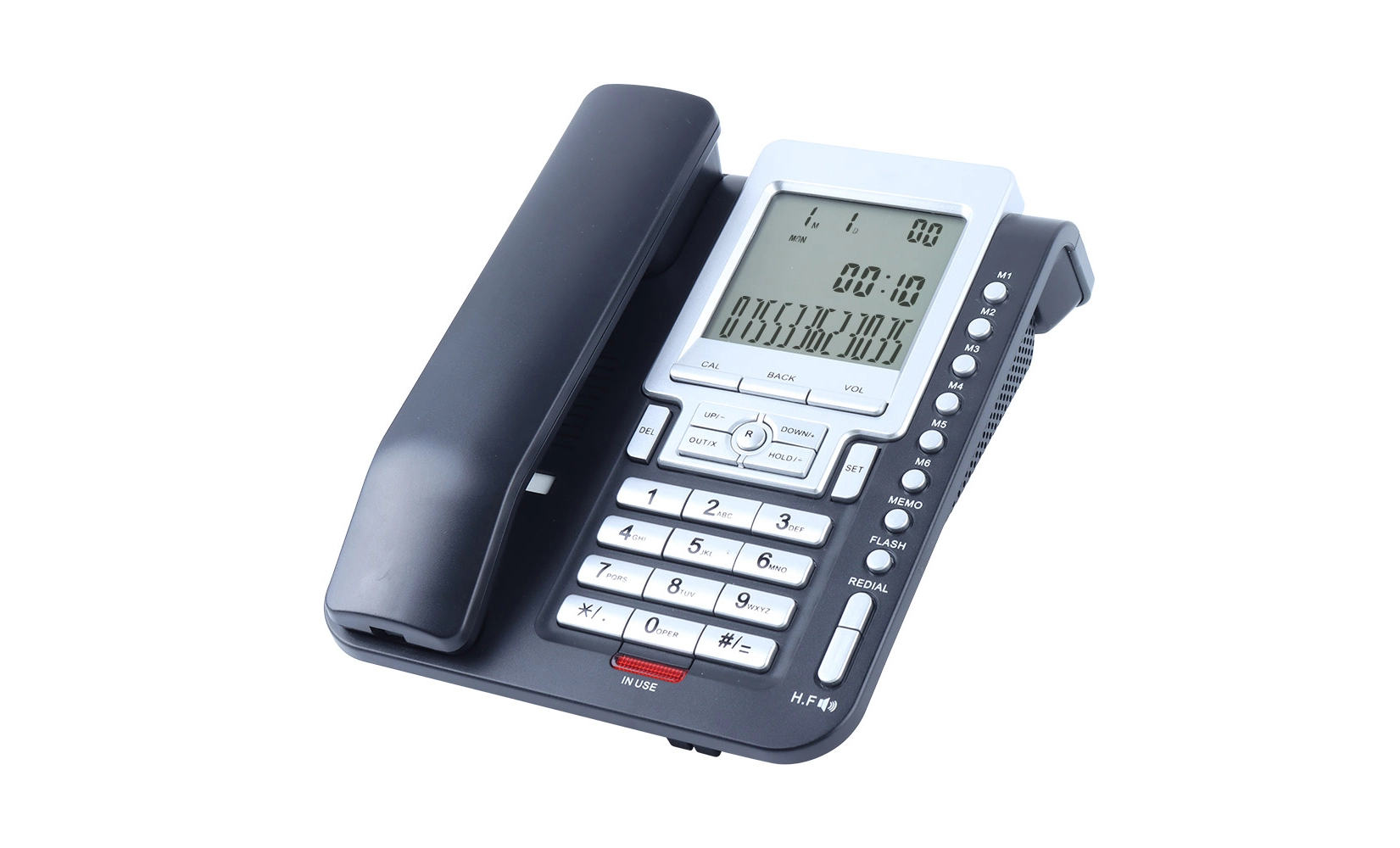The Evolution of Telephone Design: From Candlestick to Trimline
The journey of telephone design is a testament to human ingenuity and technological progress. The Candlestick phone, also known as the upright desk stand telephone, emerged in the late 19th century. Its design featured a separate mouthpiece and earpiece, with the ringer box typically mounted on a wall. This model required users to hold the heavy base with one hand while operating the earpiece with the other, making extended conversations a physical challenge.
As technology advanced, so did telephone designs. The introduction of the Princess phone in 1959 marked a significant shift towards more compact and aesthetically pleasing models. Its low-profile design and illuminated dial made it a popular choice for bedrooms and living areas. The Princess phone's sleek appearance and array of color options aligned perfectly with the mid-century modern design ethos of the time.
The pinnacle of this design evolution came with the Trimline telephone in 1965. This innovative model integrated the dial and later the keypad directly into the handset, creating a streamlined profile that was both functional and visually appealing. The Trimline's design allowed for greater mobility and convenience, as users could dial without returning the handset to the base.
Key Features of the Candlestick Phone
- Separate mouthpiece and earpiece
- Wall-mounted ringer box
- Iconic upright design
- Often featured ornate metalwork
Innovations of the Princess Phone
- Compact, low-profile design
- Illuminated rotary dial
- Available in various colors
- Lighter weight for increased portability
Revolutionary Aspects of the Trimline Telephone
- Integrated dial/keypad in handset
- Sleek, modern appearance
- Enhanced mobility and ease of use
- Available in both rotary and touch-tone versions
Aesthetic Appeal and Cultural Impact of Vintage Phone Designs
The aesthetic appeal of vintage phone designs extends far beyond their functional aspects. These iconic models have become symbols of their respective eras, often featured in period films, television shows, and retro-inspired decor. The Candlestick phone, with its tall, elegant silhouette, evokes images of early 20th-century offices and homes. Its design reflects the Art Nouveau and Art Deco movements, with many models featuring intricate brass work and ornate details.
The Princess phone, introduced in the late 1950s, captured the essence of mid-century modern design. Its smooth curves, pastel colors, and compact form made it a favorite among design enthusiasts. The Princess model was marketed specifically towards women and younger users, emphasizing its fashionable appearance and suitability for personal spaces like bedrooms.
The Trimline telephone, with its futuristic integrated design, symbolized the space age and the rapid technological advancements of the 1960s. Its sleek profile and innovative features made it a staple in American homes and offices for decades. The Trimline's design influenced subsequent telephone models and set a new standard for user-friendly communication devices.
Cultural Significance of the Candlestick Phone
- Symbol of early 20th-century communication
- Often associated with period dramas and historical reenactments
- Represents the craftsmanship of the industrial era
The Princess Phone in Popular Culture
- Icon of mid-century modern design
- Featured in numerous films and TV shows set in the 1960s and 1970s
- Collectible item for vintage enthusiasts
The Trimline Telephone's Lasting Legacy
- Influenced modern cordless phone designs
- Represented technological innovation in everyday objects
- Still recognized and admired for its ergonomic design
 Functionality and User Experience: Comparing Vintage Phone Models
Functionality and User Experience: Comparing Vintage Phone Models
While aesthetics played a crucial role in the popularity of these vintage phone designs, their functionality and user experience were equally important. The Candlestick phone, despite its iconic status, was not particularly ergonomic. Users had to stand or sit upright to use it, holding the heavy base with one hand while cradling the earpiece with the other. However, its separate components allowed for easy replacement and repair, a significant advantage in the early days of telephony.
The Princess phone marked a significant improvement in user comfort. Its lightweight design and compact form factor made it easier to use for extended periods. The illuminated dial was a notable feature, allowing for easy dialing in low-light conditions. However, the phone's small size sometimes led to stability issues, with the unit prone to tipping over if the cord was pulled too forcefully.
The Trimline telephone represented a quantum leap in telephone ergonomics. By integrating the dial or keypad into the handset, it allowed users to make calls from any position without needing to return to the base. This design was particularly beneficial for users with mobility issues or those who preferred to move around while on the phone. The Trimline's streamlined form also made it easier to clean and maintain compared to its predecessors.
Usability Factors of the Candlestick Phone
- Required two-handed operation
- Limited mobility during calls
- Easily serviceable components
User Experience Improvements in the Princess Phone
- Lightweight and portable design
- Illuminated dial for low-light use
- Comfortable for longer conversations
Ergonomic Advancements of the Trimline Telephone
- One-handed dialing capability
- Increased mobility during calls
- Easy to clean and maintain
Conclusion
In conclusion, the Candlestick, Princess, and Trimline telephones each represent significant milestones in the evolution of telephone design. From the ornate but cumbersome Candlestick to the sleek and functional Trimline, these iconic models showcase the progression of technology and design philosophy over nearly a century. While each model has its unique charm and historical significance, the Trimline telephone stands out as a pivotal design that bridged the gap between classic and modern communication devices. Its influence can still be seen in contemporary phone designs, proving that good design truly stands the test of time.
Compact trimline models for vintage phone collectors | CHEETA
For vintage phone enthusiasts and collectors, CHEETA offers a range of compact trimline models that combine classic aesthetics with modern functionality. As a professional analog telephone manufacturer with over 18 years of experience in OEM/ODM services, CHEETA specializes in creating high-quality communication devices. Our 1,200㎡ factory, staffed by 100+ skilled workers and 10 senior engineers, produces 1,000 analog units daily, ensuring prompt delivery to meet customer demands.
All CHEETA products adhere to CE, RoHS, FCC, and UN38.3 regulations, undergoing rigorous quality control with 11 inspection steps to maintain a failure rate below 1%. We pride ourselves on our ability to offer full OEM/ODM customization, leveraging our engineering expertise, automation capabilities, and rapid response times to serve global buyers effectively. To explore our vintage-inspired trimline telephone collection or discuss custom design options, please contact us at allen@cheeta.com.cn.

 The world of vintage telephones is a fascinating realm where form and function intertwine to create iconic designs that have stood the test of time. Among these, the Trimline, Princess, and Candlestick phones stand out as true classics. The
The world of vintage telephones is a fascinating realm where form and function intertwine to create iconic designs that have stood the test of time. Among these, the Trimline, Princess, and Candlestick phones stand out as true classics. The 




